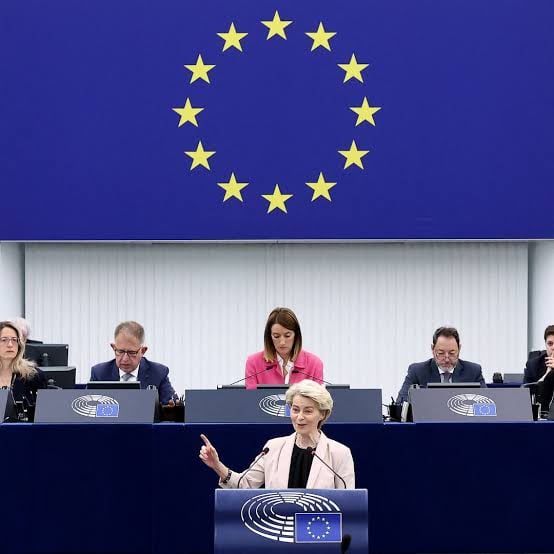Eurozone Jobless Rate Holds at Record Low

Unemployment across the eurozone held steady at a historic low of 6.2% in March 2025, unchanged from the previous month and significantly improved from 6.5% a year earlier.
The broader EU also reported a stable rate of 5.8%, down from 6.0% in March 2024, with the number of unemployed across the bloc reaching 12.9 million, 10.8 million of whom reside within the eurozone.
While these headline figures remain encouraging, a monthly uptick in joblessness saw 74,000 more people unemployed in the EU and 83,000 in the eurozone compared to February, showing possible soft spots in the labor market.
Year-on-year, the jobless total has fallen by 340,000 across the EU and by 288,000 in the eurozone, and youth unemployment continues to trend downward, with under-25 joblessness slipping to 14.2% in the eurozone and 14.5% in the EU.
These levels mark some of the strongest labor market conditions in the region since 2005. But economic momentum may face trouble as the eurozone prepares for the impact of newly imposed U.S. tariffs.
What Does This Mean for Me?
Although eurozone GDP was higher than expected, keeping up that growth will take careful navigation of escalating trade tensions. With inflation also beating expectations, any plans by the European Central Bank to cut interest rates may now be put on the back burner, introducing further uncertainty into the outlook for business hiring and consumer confidence.
While the labor market remains resilient for now, economists warn that geopolitical friction could put pressure on employment gains in the months ahead.
More News
.webp)
Japan’s Rate Shift Is Rippling Through Global Bond Markets

China’s Growth Engine Stalls as Consumers and Investors Pull Back

Egypt’s Recovery Gains Traction as Household Pressure Lingers

OECD Warns AI and Tariffs Will Test the Global Economy

Zero Tariffs, Higher Drug Bills as US and UK Reset Pharma Trade

Catastrophe Bonds Go Global as Climate Risk Meets Yield Hunting
.webp)
Canada Shields Steel and Lumber Industries From Tariffs
